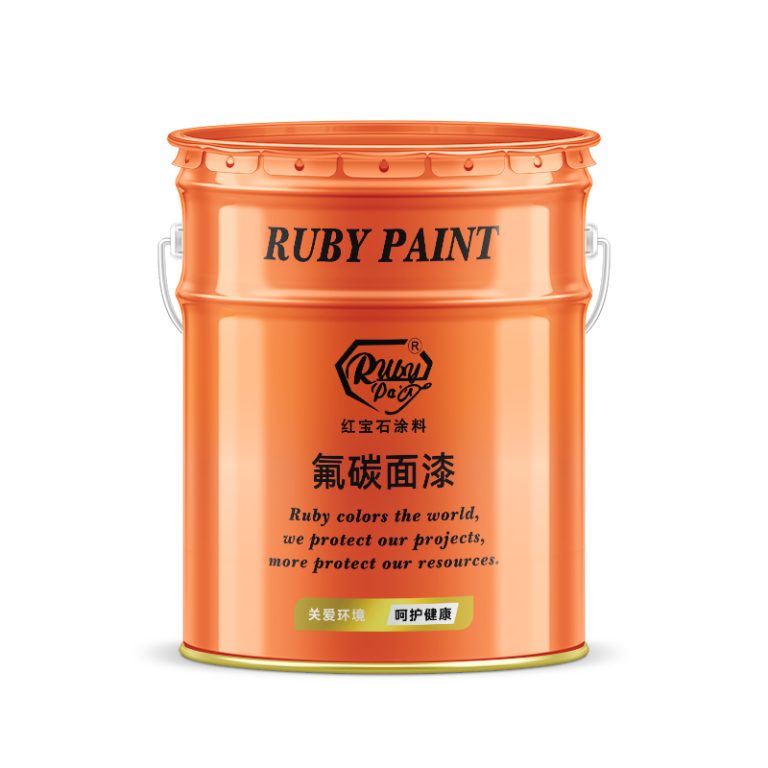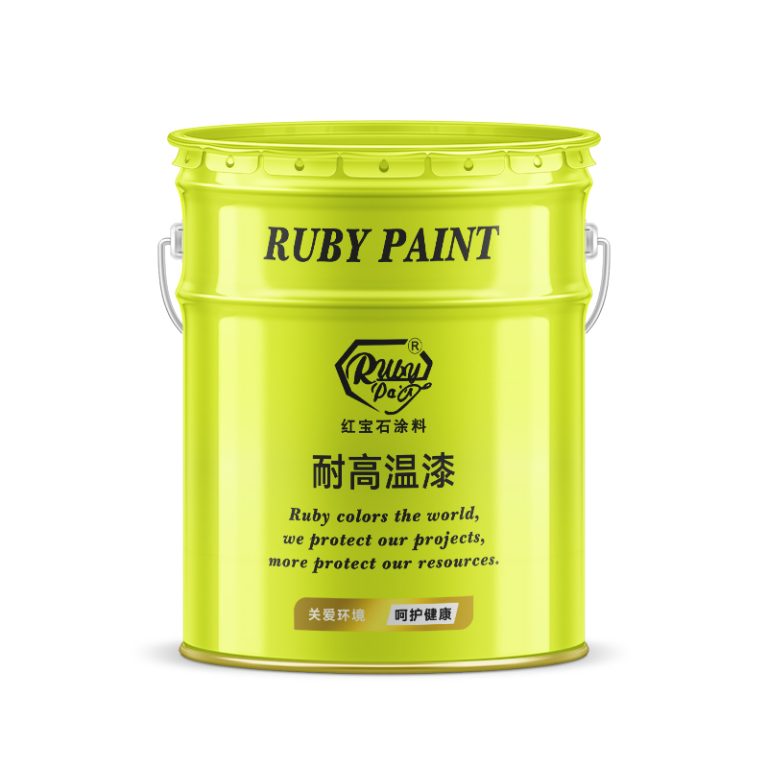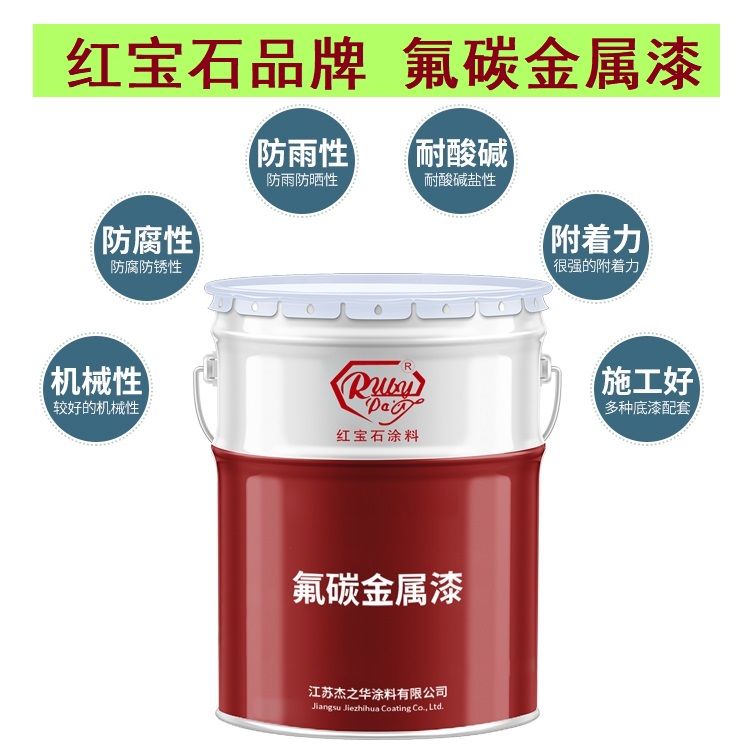Table of Contents
The Impact of Fluorocarbon Emissions on Ozone Layer Depletion
Fluorocarbon ozone, a term that encapsulates the complex relationship between fluorocarbon emissions and the depletion of the ozone layer, is a critical environmental issue that has garnered significant attention over the past few decades. Fluorocarbons, which are compounds composed of carbon, fluorine, and sometimes other elements such as chlorine or hydrogen, have been widely used in various industrial and consumer applications, including refrigerants, solvents, and aerosol propellants. However, their impact on the ozone layer has raised concerns about their continued use and the need for alternative solutions.
The ozone layer, a protective shield in the Earth’s stratosphere, plays a crucial role in absorbing the majority of the sun’s harmful ultraviolet (UV) radiation. Without this protective layer, life on Earth would be exposed to increased levels of UV radiation, leading to a higher incidence of skin cancers, cataracts, and other health issues, as well as negative effects on ecosystems and wildlife. The discovery of the ozone hole over Antarctica in the 1980s prompted scientists to investigate the causes of ozone depletion, leading to the identification of fluorocarbons as one of the primary culprits.
| Serial No. | Product |
| 1 | Epoxy Zinc rich paint |
Fluorocarbons, particularly chlorofluorocarbons (CFCs) and hydrochlorofluorocarbons (HCFCs), are released into the atmosphere through various human activities. Once in the atmosphere, these compounds can remain stable for several years, eventually reaching the stratosphere where they are broken down by UV radiation. This breakdown releases chlorine and bromine atoms, which are highly reactive and capable of destroying ozone molecules. A single chlorine atom can destroy thousands of ozone molecules before it is removed from the stratosphere, leading to significant thinning of the ozone layer.
In response to the growing evidence of fluorocarbons’ detrimental effects on the ozone layer, the international community took decisive action by adopting the Montreal Protocol in 1987. This landmark agreement aimed to phase out the production and consumption of ozone-depleting substances, including CFCs and HCFCs. The protocol has been remarkably successful, with nearly all member countries achieving significant reductions in their use of these harmful compounds. As a result, recent studies have shown signs of recovery in the ozone layer, indicating that the measures taken under the Montreal Protocol are having a positive impact.
Despite these encouraging developments, challenges remain in the ongoing efforts to protect the ozone layer. Some applications still rely on HCFCs and other fluorocarbons due to a lack of viable alternatives, and illegal production and use of these substances continue to pose a threat to ozone recovery. Additionally, other compounds such as hydrofluorocarbons (HFCs), which were introduced as replacements for CFCs and HCFCs, do not deplete the ozone layer but are potent greenhouse gases that contribute to global warming.
In conclusion, the relationship between fluorocarbon emissions and ozone layer depletion is a complex issue that requires continued attention and action from the global community. While significant progress has been made in reducing the use of ozone-depleting substances and promoting the recovery of the ozone layer, ongoing efforts are needed to develop and implement sustainable alternatives to fluorocarbons. By working together, governments, industries, and individuals can help ensure the preservation of the ozone layer for future generations, safeguarding our planet from the harmful effects of increased UV radiation.
Fluorocarbon Regulations and Their Effectiveness in Ozone Layer Protection
Fluorocarbons, a class of synthetic organic compounds containing fluorine and carbon, have been widely used in various industrial applications, including refrigeration, air conditioning, and aerosol propellants. However, their impact on the environment, particularly on the ozone layer, has raised significant concerns over the years. The ozone layer, a protective shield in the Earth’s stratosphere, absorbs the majority of the sun’s harmful ultraviolet radiation. Any damage to this layer can lead to severe environmental and health issues, including increased rates of skin cancer and cataracts, as well as adverse effects on ecosystems.
| No. | Name |
| 1 | Fluoracarbon middle paint |
In response to the growing evidence of fluorocarbons’ detrimental effects on the ozone layer, international regulations have been implemented to control their production and use. One of the most significant regulatory measures is the Montreal Protocol, an international treaty agreed upon in 1987. The protocol was designed to phase out the production and consumption of ozone-depleting substances, including many fluorocarbons such as chlorofluorocarbons (CFCs) and hydrochlorofluorocarbons (HCFCs).
The effectiveness of these regulations in protecting the ozone layer has been evident over the years. Since the implementation of the Montreal Protocol, there has been a significant decrease in the atmospheric concentration of key ozone-depleting substances. Scientific assessments indicate that the ozone layer is gradually recovering, and it is projected to return to its pre-1980 levels by the middle of this century. This positive outcome underscores the success of the international community in addressing a global environmental issue through coordinated efforts.
Moreover, the regulations have spurred innovation in the industry, leading to the development of more environmentally friendly alternatives to fluorocarbons. Hydrofluorocarbons (HFCs), for example, have been introduced as substitutes for CFCs and HCFCs in many applications. Although HFCs do not deplete the ozone layer, they are potent greenhouse gases that can contribute to global warming. Recognizing this, the Kigali Amendment to the Montreal Protocol, adopted in 2016, aims to phase down the production and use of HFCs, further demonstrating the evolving nature of international environmental agreements in response to new scientific knowledge.

Despite these successes, challenges remain in ensuring the continued protection of the ozone layer. Illegal production and use of banned substances have been reported in some regions, threatening to undermine the progress achieved so far. Additionally, the need for continuous monitoring and enforcement of existing regulations is critical to prevent any potential backsliding.
In conclusion, the regulations on fluorocarbons have proven to be highly effective in protecting the ozone layer from further depletion. The Montreal Protocol, in particular, serves as a testament to what can be achieved through international cooperation in addressing global environmental challenges. Moving forward, it is essential to maintain the momentum by ensuring strict compliance with the treaty provisions and adapting to new scientific findings to safeguard the ozone layer for future generations. The journey towards a fully restored ozone layer is long, but with sustained efforts and global collaboration, it is within reach.




